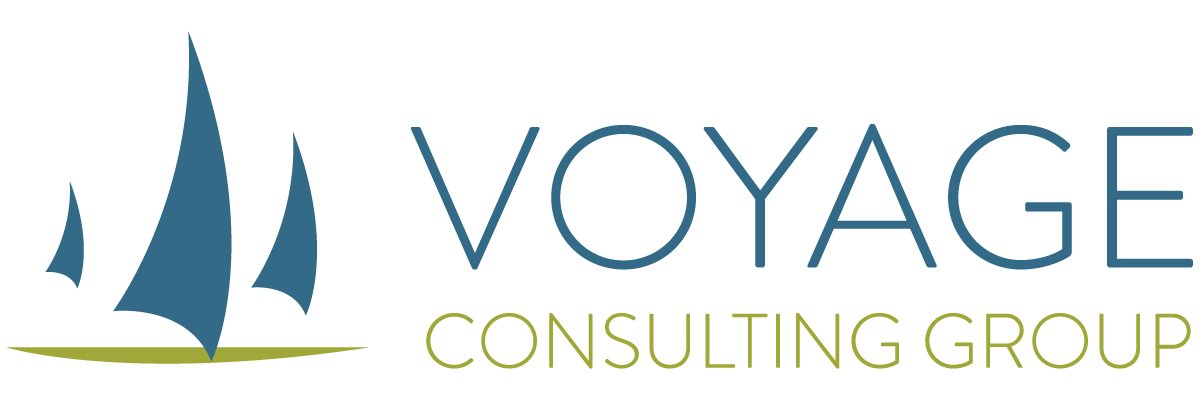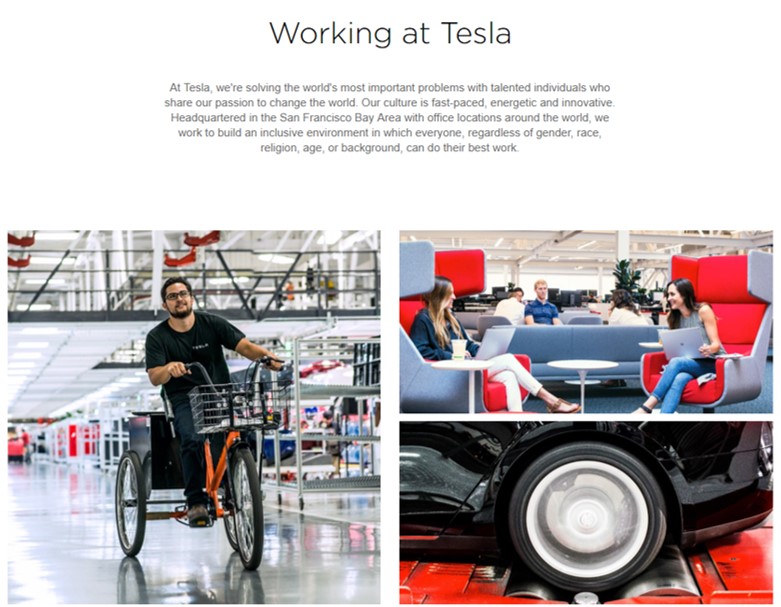What do high heels say about your company culture?
/Have you ever dressed up a little more than usual for work and had your peers mock you? “Do you have a job interview today?” “Who are you sucking up to?” “Do you think you’re a big shot?” Have you done the mocking?
Recently a professional woman told me people generally are not mocked for dressing up, but women are, especially when they wear high heels. Cher (not her real name, obviously) described her workplace as a very professional corporation. She said a colleague wore a tailored outfit and heels to coordinate with it. The men criticized the women, but most of the female colleagues thought she looked great. The men spoke badly about the heeled woman’s shoe choice, and Cher said it affected their perception of the woman’s work.
We could talk here about wardrobe and sartorial philosophies, and we may sometime. We also could talk about first impressions. But, today, let’s think about what’s happening in the culture where a shoe choice leads to a diminished reputation.
We’ve heard for years about the importance of shining one’s shoes and the judgement of scuffed shoes. It’s even included in the Secrets of Seasoned Professionals book. In 2019, though, it was surprising to hear how professional high heels cause a similarly negative reaction.
The woman was dressed professionally, not like she was heading out to a club for a party. With nothing to criticize about the wardrobe, those looking to judge her were left with her shoes.
Does heel height equate to intelligence? Or, work ethic? Or, customer focus, project management, or strategic thinking? No. No. No, no, no.
So, why, then is heel height accepted at a professional workplace as criteria for judging someone?
A culture that enables, allows, or encourages heel height as criteria for determining someone’s contribution or potential has issues. It’s not about the shoes. The heels are simply exposing other issues within the company. Someone ought to pay attention to what’s mocked so they can positively influence how coworkers perceive their teammates. Mocking will diminish engagement and could lead to highly qualified contributors walking their heels out the door.






